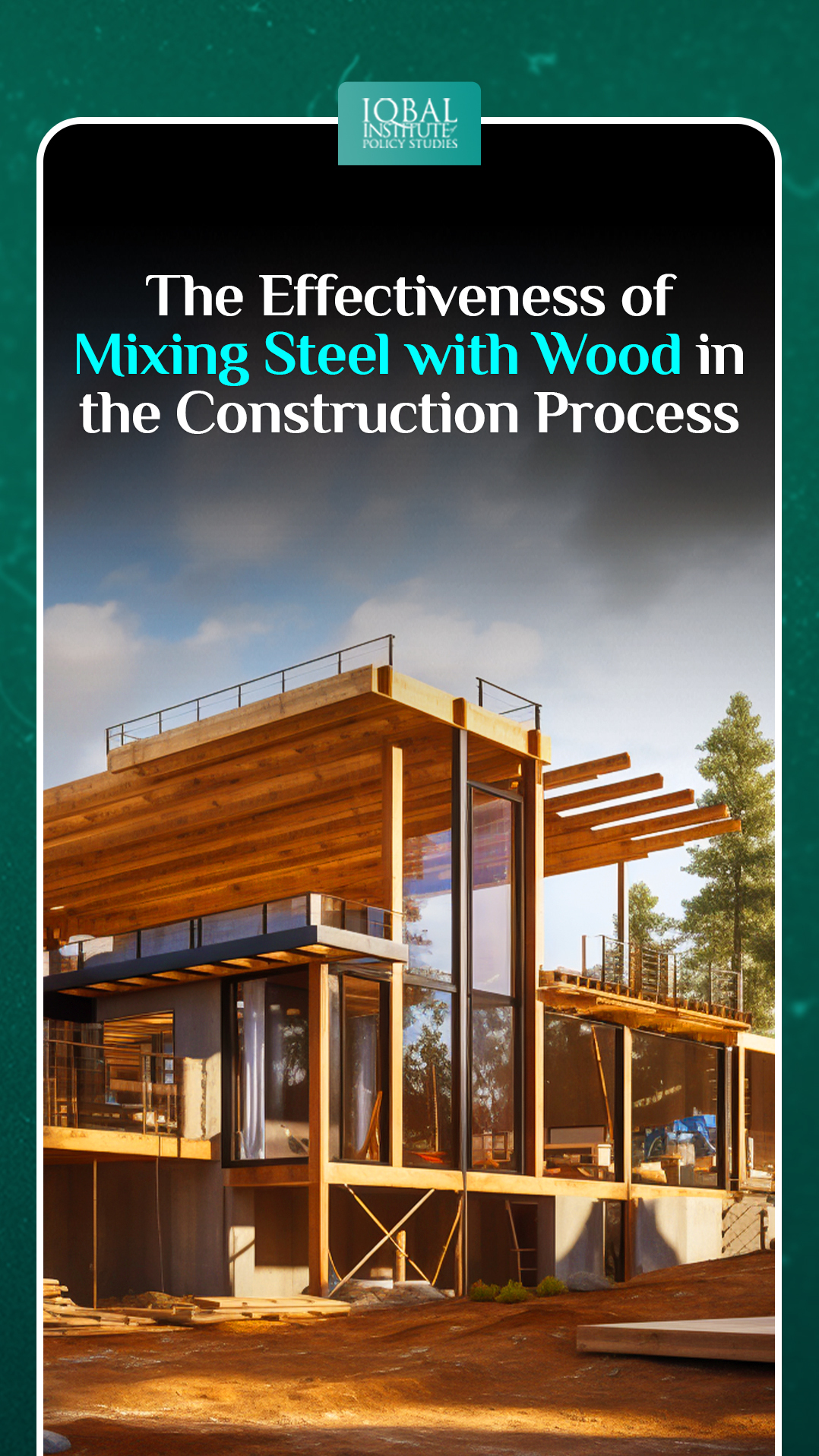Introduction
The construction industry plays a vital role in shaping the infrastructure of any country. It is a huge emitter of greenhouse gases and only buildings are responsible for 40% of the global carbon emissions. That’s partly because of the energy-intense materials used in modern construction, such as cement and steel.
In recent years, there has been a growing trend in the industry to explore innovative construction techniques that combine traditional materials with modern advancements. One such approach gaining traction is mixing steel with wood; these are the two most common materials used in building a structure. Steel is resilient and sturdy. Thus, you can rely on its long-life performance for any building project. On the other hand, wood facilitates building any structure faster as compared to bricks or concrete
Benefits of Mixing Steel with Wood
Structural Strength
Steel possesses exceptional tensile strength, while wood offers compressive strength. By combining these materials, structures can benefit from both their individual properties, resulting in enhanced structural integrity.
Durability and Resilience
Steel provides resistance to corrosion and is highly durable, ensuring the longevity of the structure. Wood, on the other hand, offers natural insulation, reducing energy consumption. The combination of these materials can lead to buildings that are both resilient and energy-efficient.
Design Flexibility
Mixing steel with wood allows for greater design flexibility. Steel beams and columns can support larger spans, enabling open floor plans and creative architectural elements, while wood adds warmth and aesthetic appeal to the structure.
Construction Efficiency
Steel and wood components can be pre-fabricated off-site, reducing construction time and costs. The lightweight nature of wood also simplifies on-site assembly, making the construction process more efficient.
Disadvantages of Mixing Steel with Wood
Cost Considerations
While the initial cost of steel and wood hybrid structures may be higher than traditional methods, the long-term benefits, such as reduced maintenance and energy savings, often outweigh the upfront investment.
Skill and Expertise
Implementing this construction technique requires skilled labour with expertise in working with both steel and wood. Training programs and certification courses can help bridge this skills gap and ensure the successful adoption of the hybrid approach.
Fire Safety
Wood is combustible, and fire safety becomes a crucial aspect when using it in combination with steel. Adequate fire-resistant coatings, sprinkler systems, and other safety measures must be implemented to mitigate the risk.
Importance for Pakistan
Sustainability and Environmental Impact
Mixing steel with wood aligns with sustainable construction practices by utilizing renewable resources like wood and reducing carbon emissions associated with steel production. Pakistan’s construction industry can contribute to the nation’s sustainability goals by adopting this eco-friendly approach.
Utilisation of Local Resources
Pakistan is rich in wood resources, making it an ideal candidate for integrating wood into construction practices. By promoting locally sourced wood, the country can boost its economy and reduce reliance on imported construction materials.
Cultural Significance
Wood has a strong cultural significance in Pakistan, and incorporating it into modern construction techniques allows for the preservation of traditional aesthetics while embracing technological advancements.
Conclusion
The effectiveness of mixing steel with wood in the construction industry of Pakistan holds significant potential for the country’s infrastructure development. The hybrid approach offers numerous benefits, including enhanced structural strength, design flexibility, and construction efficiency. While there are challenges to overcome, such as cost considerations and fire safety, the long-term advantages outweigh these concerns. By adopting this technique, Pakistan can embrace sustainability, leverage local resources, and preserve its cultural heritage. It is essential for stakeholders in the construction industry to explore and implement this innovative construction method to shape a brighter future for Pakistan’s infrastructure.
This article is written by Sehrish Irfan. Sehrish is a research analyst at the Iqbal Institute of Policy Studies (IIPS).



Leave a Reply